Deck & Commander Strategies
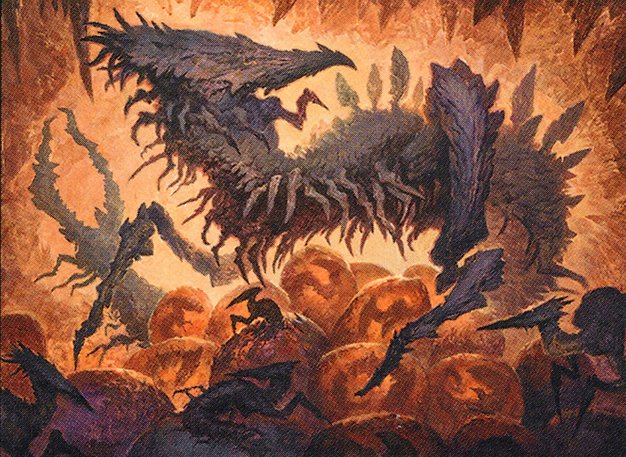
The First Sliver
Flood the board with slivers to stack numerous combat-oriented abilities like flying and cascade, overwhelming opponents with a synergistic swarm.

Zoraline, Cosmos Caller
Gain life and recur nonland permanents with mana value 3 or less from the graveyard by paying life and mana, maintaining board presence and resource advantage.
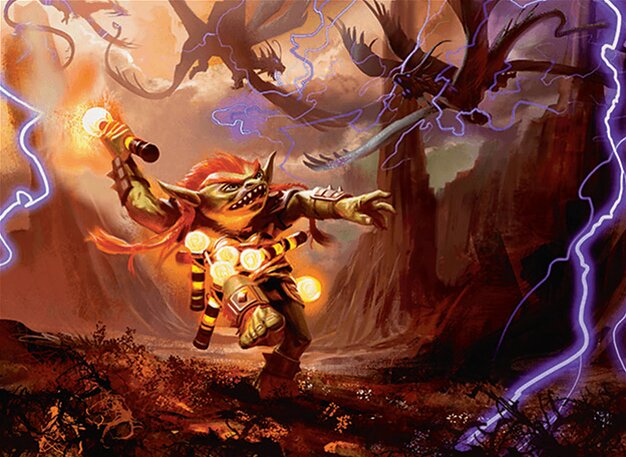

Vial Smasher the Fierce and Ishai, Ojutai Dragonspeaker
Punish opponents for drawing cards while maximizing card draw for themselves, leveraging a 'wheel' theme to control the flow of resources and deal incidental damage.
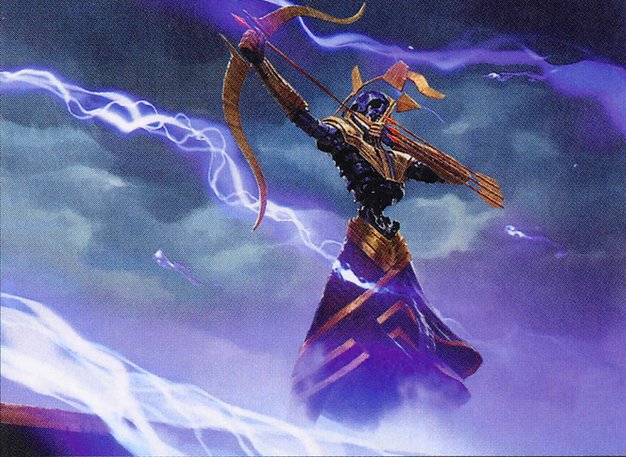
God-Eternal Oketra
Utilize Field of the Dead to produce tokens and generate card advantage, while controlling the board with incremental advantage creatures and synergy with token production.
Gameplay Insights
- 1
The First Sliver deck’s use of Unclaimed Territory to boost sliver synergy early allowed for quick deployment of flying slivers, drastically increasing board pressure.
- 2
The timely use of Solitude to exile the First Sliver commander was a critical interruption that prevented a cascade-fueled snowball effect and gained life equal to its power.
- 3
Vial Smasher and Ishai’s strategy of drawing multiple cards and punishing opponents for the same created a resource tension on the board, forcing opponents to carefully consider their card draw.
- 4
God-Eternal Oketra’s incremental token generation and card advantage via Field of the Dead and Kami of the Crescent Moon created a steady resource engine that could withstand early aggression.
- 5
Players actively managed incremental life gain and loss effects to balance paying costs for abilities while maintaining survivability in a multi-threat environment.
- 6
The presence of flying and evasive creatures like Gale Rider Sliver and Deep Cavern Bat shifted combat dynamics, forcing opponents to adjust blockers and target selection.
Notable Cards
-

The First Sliver
-
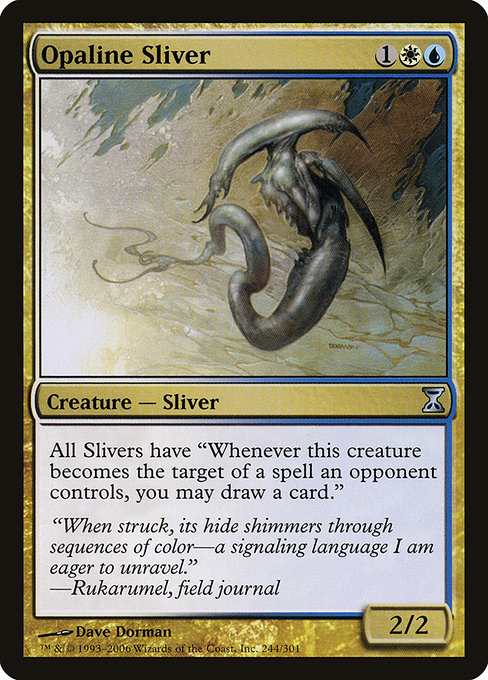
Opaline Sliver
-

Solitude
-
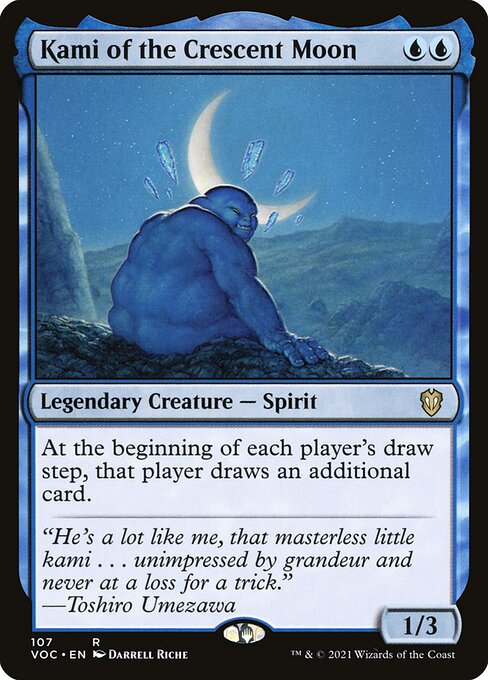
Kami of the Crescent Moon
-

Zoraline, Cosmos Caller
-

Field of the Dead
-
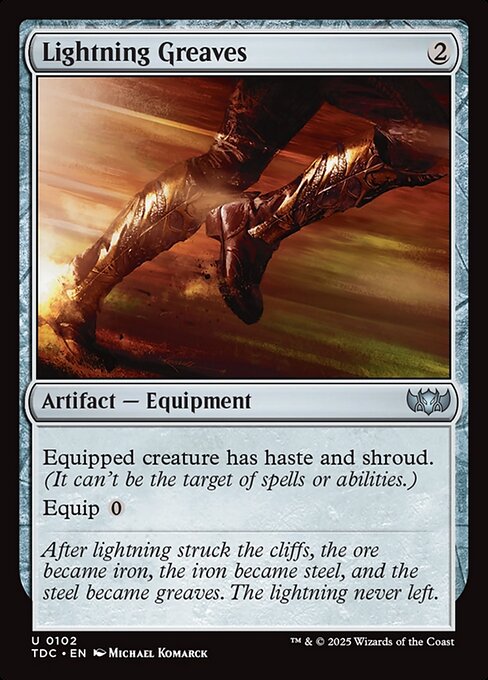
Lightning Greaves
Gameplay Summary
The game unfolded as a high-powered multiplayer Commander match featuring five distinct decks with unique synergies.
The First Sliver deck quickly established board presence by flooding the battlefield with slivers, granting them flying and cascade abilities to generate explosive value and pressure opponents.
Meanwhile, Zoraline, Cosmos Caller focused on life gain and recurring low-cost permanents from the graveyard, aiming to maintain board presence through resilience.
The wheel-themed Vial Smasher and Ishai deck punished opponents for drawing cards, creating a dynamic where card advantage was a double-edged sword.
God-Eternal Oketra's deck leveraged Field of the Dead and token generation to build a steady army and card advantage, while carefully managing the board with creatures like Kami of the Crescent Moon to provide incremental resources. Key turning points included the First Sliver’s aggressive board development with flying slivers and cascade triggers, which threatened to overwhelm opponents.
In response, the Solitude instant was used to exile the First Sliver commander, temporarily halting its momentum and gaining life equal to its power, showcasing a pivotal removal that shifted the tempo.
The interplay of card draw and discard effects, particularly from the Vial Smasher/Ishai deck, added complexity to resource management for all players.
The game’s early to mid stages were marked by incremental board development, strategic removal, and resource generation, setting up for potentially explosive late-game plays driven by sliver swarm synergies and recurring permanents from the graveyard.




















![FOOD CHAIN for Thought [S1G11] ELSHA v PROSSH v MALCOM|VIAL v FIRST SLIVER thumbnail](https://i.ytimg.com/vi/ey9aaFiyJxw/sddefault.jpg)



![Have you ever seen this many win attempts? [S1G10] BLUE FARM v MALCOM|VIAL v CORMELA v FIRST SLIVER thumbnail](https://i.ytimg.com/vi/f3EfKfx_NIA/sddefault.jpg)

![Commander VS S16E2: God-Eternals Battle [EDH Gameplay] thumbnail](https://i.ytimg.com/vi/G6rgYI5pb94/sddefault.jpg)











![Random Deck Roulette Part 2 [Commander VS 292] | Magic: The Gathering Commander Gameplay thumbnail](https://i.ytimg.com/vi/hLpAcqwvWD0/sddefault.jpg)
![Commander VS S16E1: Ayula VS Urza VS The First Sliver VS Yawgmoth [EDH] thumbnail](https://i.ytimg.com/vi/tkuMVsCr0s4/sddefault.jpg)









